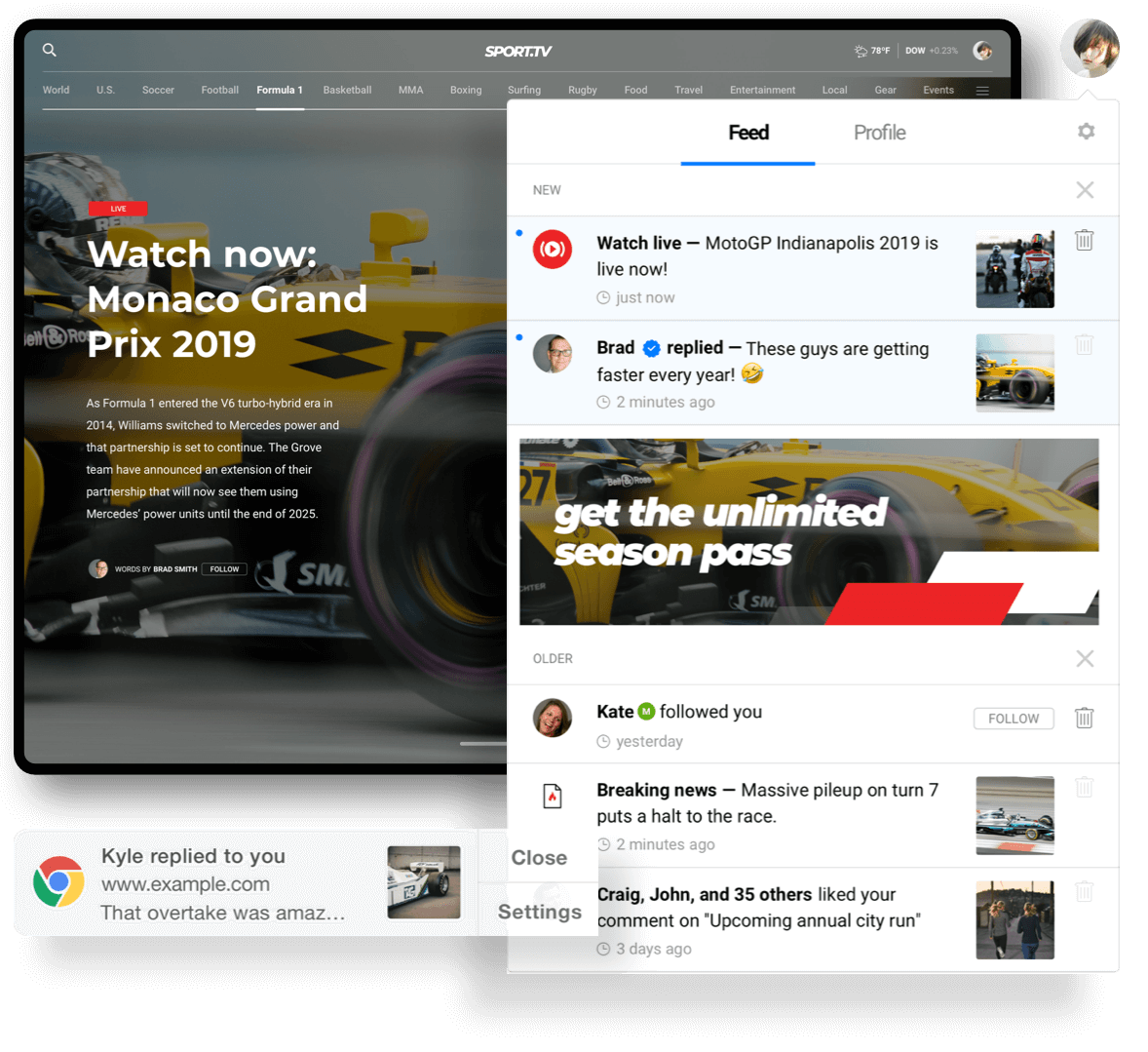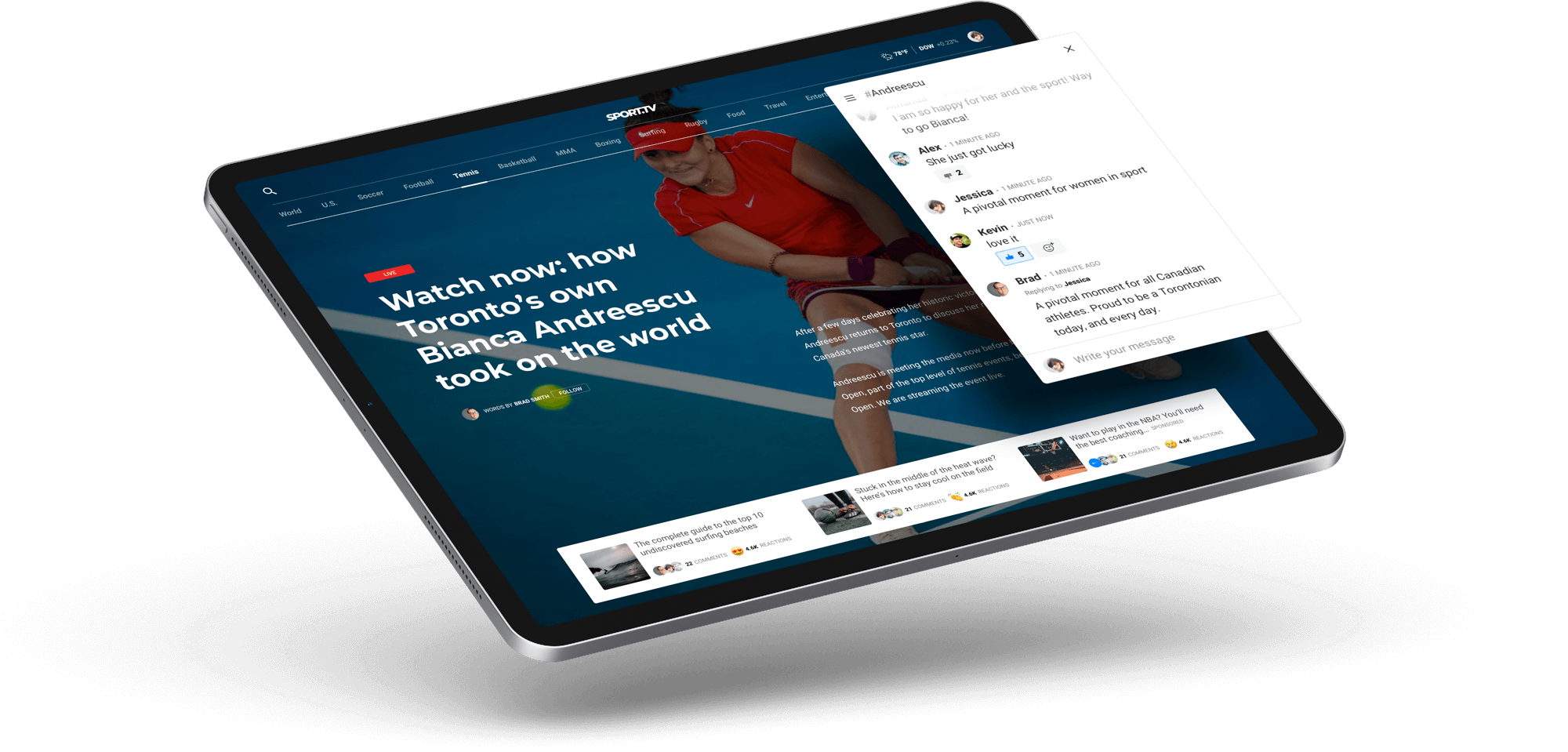Is your media company converting anonymous visitors into registered users and then monitoring their behavior? To help secure your company’s future, it’s worth transforming your website’s visitors into identifiable and trackable community members.
“Real-time data collection, analysis and targeting is the glue that keeps customers engaged with relevant information,” states a report by FIPP, a global publishing association.
Rather than guessing how to invest in your brand’s consumer experience, you can use data to piece together an accurate picture of your digital community. That way, you’ll understand how to cater to consumers as their interests change.
Read on to discover why understanding your community through identity resolution is part of the winning formula that leads to sustainable business growth.
Understanding Identity Resolution
How well can you truly know your online community if you don’t analyze each individual? That’s where identity resolution comes in.
“Identity resolution offers a 360-degree view of an individual and the ability to effectively identify a person across multiple devices by recognizing and connecting individual data points, allowing marketers and publishers to form a clear idea of who their customers are on an individual level — and more importantly, how, where and when to best reach them,” Digiday explains.
In other words, media companies can piece together consumer identities and behaviors on their properties to get a complete understanding of their communities.
The identity resolution process offers insight into what types of content and experiences are most impactful on consumers. If you can gather a detailed view of your online visitors, you can meet your community’s ever-changing needs.
The Hidden Power of Known Visitors
Between the consumers coming and going from your digital properties on different devices and those toggling between browsers, it can feel practically impossible to keep tabs on your audience.
Now consider how simple this process could be if your anonymous visitors had to register for premium features or events on your platform.
With a registration process in place, your visitors will no longer be anonymous as they travel and interact across your site’s pages.
Transforming your anonymous visitors into known users comes with a handful of benefits for media companies. One significant advantage is that you’ll have more information on your audience members, which can be used to improve their experience with your brand.
And using identity resolution to customize on-site experiences for consumers is key to boosting subscription revenue. “According to subscription solutions provider Piano’s research, the average conversion rate of registered users is 10x that of anonymous visitors,” writes Faisal Kalim, a business journalist from What’s New In Publishing.
Prioritizing User Registrations in a World Without Third-Party Cookies
Having a firm grasp of your community’s identity is essential to securing the future of both your subscription and ad revenues.
Until recently, third-party data has been a primary way for businesses to gather information on visitors. With the ongoing move to phase third-party cookies out across internet browsers, using first-party data to understand and track visitors is a clear, sustainable step forward.
Converting anonymous visitors to registered users is an effective way to gather that first-party data, keep track of your users and match their movements and information to your subscriber list. After all, the last thing anyone wants is a disconnected view of user behavior as they register, subscribe and switch between devices.
“Registration is part of the funnel to growing reader engagement and donations while improving advertising quality and targeting so the benefit will be twofold to both strands of revenue,” explains Alice Pickthall, a senior analyst at a subscription research company.
A registration process offers insight into each community member. As a result, you can provide them with personalized, consistent experiences that suit their interests and behaviors.
You can also work with your advertisers to produce high-performing, targeted ads based on your community’s data.
The better a company understands its visitors, the better it can target ads to them and engage them, improving the experience for community members, staff and advertisers.
How Viafoura Can Help
Not all community-building and engagement solutions in the media landscape will offer you access to your community’s first-party data.
At Viafoura, we know that your on-site audience data controls the fate of your business. That’s why our engagement solution gives you complete access to your user data while meeting your information security and compliance needs.
Our engagement tools also offer flexible login options, allowing anyone to register to use our engagement tools on partner websites. The Viafoura solution can connect to your subscription service as well for a unified, consistent view of your community.
Ultimately, identity resolution can help to inform your business decisions, strengthening your community and revenue streams. To start learning about your visitors’ identities and using that knowledge to build a thriving community, get in touch with Viafoura.












